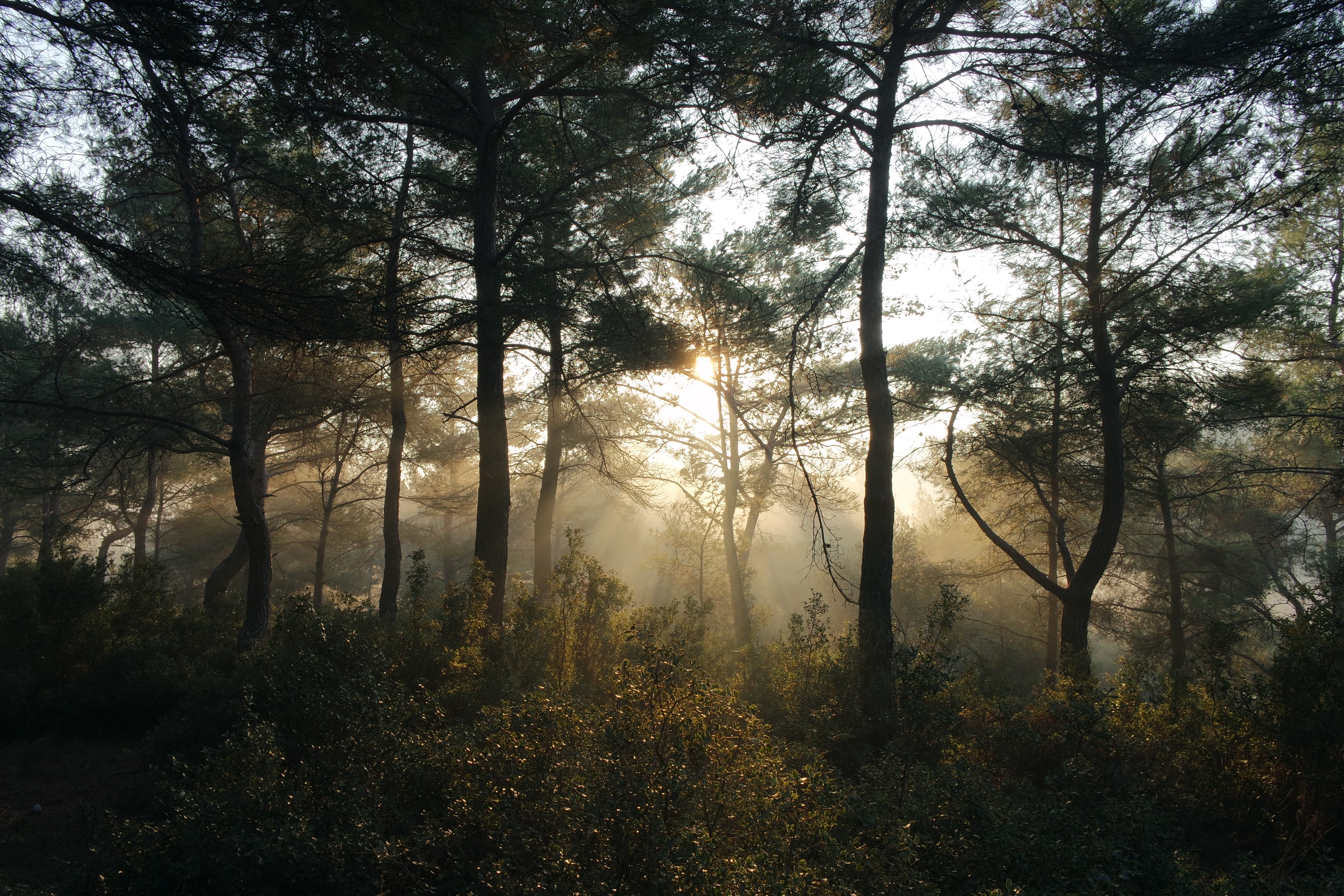October is the best Time to Think about Fall herbicide Treatments
October is by far one of the most exciting times for a whitetail hunter. Bow season is coming. Fall food plots are coming up and we are finally getting a break from those brutal summer temperatures. However, fall is also the time to begin habitat management for next year and time to start preparing those fall herbicide treatments.
To prepare for dormancy, deciduous trees begin trans-locating nutrients into their root systems. This is vital to their survival throughout the winter. Due to the lack of leaves at this time, a tree is not able to photosynthesize – or make its own food. Therefore, it stores up energy in its root system to limp through the winter until spring when leaves start popping out again.
This makes fall a great time to kill off non-beneficial trees via fall herbicide treatments. A simple hack into the cambium layer of the tree plus a shot of herbicide – and the tree will move the herbicide into its root system. Come spring, the tree will not leaf back out and this will allow sunlight to hit the forest floor resulting in an influx of native forbs. Not only will it create the rapid growth of forbs, but it will also allow the crown of your mast producing trees to better develop, resulting in higher yields.
Natural Deer Foods
Forbs dominate a whitetail’s diet during the spring and summer. They are loaded with the key nutrients needed for your herd to reach its full potential. They are also readily available in your soils profile and are substantially cheaper than trying to provide for your herd via food plots, which is an impossible task in itself.
“On top of a great food source, early succession also provides phenomenal bedding, fawning and turkey poult cover.”
Unlike woody browse and briars, forbs can contain up 33 percent crude protein. There are very few things that you can plant from a bag that provide that much protein. The things you can plant will cost you an arm and leg if you wanted to compete with the quantity that nature can provide. On top of a great food source, early succession also provides phenomenal bedding, fawning and turkey poult cover.
On any of my food plots that exceed one acre in size, I always leave a buffer of early succession around the edges. It not only takes the browse pressure off the food plot, but it also provides security cover and will increase the amount of daylight activity on the plot.

Beneficial and Non-Beneficial Trees
If you decide you want to kill some non-beneficial trees on your property this fall, you’ll need a few things. These include a hatchet, a squirt bottle, some herbicide and general knowledge of which trees have wildlife or timber value.
Instead of naming every tree in Alabama or the Florida Panhandle that has low wildlife or timber value, it’s actually easier to name the trees that have great wildlife and/or timber value. Trees to look out for are black walnut, black cherry, persimmon and oaks. These trees are very common in our area and are trees that you definitely want to leave.
Sweet gum, hickories, yaupon, hollies and sassafras are a few non-beneficial trees that you will see in just about every timber stand in the state. Neither list is a full compilation of good and bad trees, but it will get you started.
I recommend downloading a tree guide and making yourself familiar with different tree varieties before you start killing anything. I personally keep a PDF copy of a tree guide from the University of Tennessee on my phone. That way, anytime I see a tree that I don’t recognize, I can look through the guide and identify it. You’ll be amazed how fast you can learn to recognize all the trees on your property.
Once you feel confident that you can accurately recognize beneficial and non-beneficial trees, you can begin flagging the timber. I always find it easier to flag or paint trees that I want to keep. Being that the majority of the timber will be non-beneficial, this will save you a ton of time.
“Sweet gum, hickories, yaupon, hollies and sassafras are a few non-beneficial trees that you will see in just about every timber stand in the state. Neither list is a full compilation of good and bad trees, but it will get you started.”
I also concentrate on trees one inch in diameter or larger. Trees smaller than one inch in diameter can be effectively controlled with a correctly timed prescribed fire.
Once everything is flagged, you can start back at the beginning and cruise the timber applying your fall herbicide treatments. Simply make a downward hack into the cambium layer of the tree and apply a squirt of herbicide with each hack. It’s critical that you not over apply the herbicide. If you apply too much, it will overflow out of the cut and potentially harm surrounding trees or brush.
When choosing a herbicide to do your fall herbicide treatments, you need to consider which types of trees are in the area and which types of trees you are trying to kill. For most situations in our region, any herbicide with the active ingredient Imazapyr will do the trick. Imazapyr will not harm longleaf pines with broadcast applications. When applied correctly, Imazapyr will kill trees in hardwood stands without harming surrounding trees. Polaris AC Complete is an affordable option for a herbicide with Imazapyr as the active ingredient.
If you have any questions, I recommend reaching out to your local state or county extension agent for specific recommendations. I hope everyone has a successful opening day and happy hunting!
